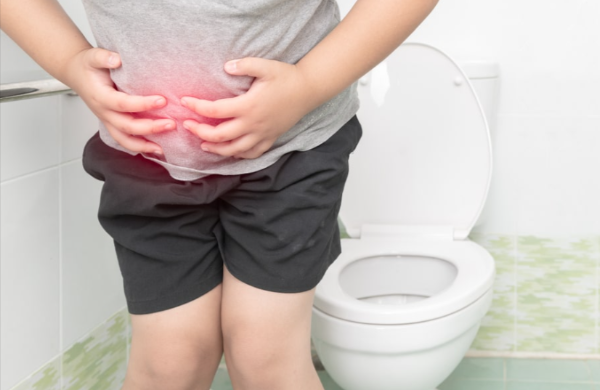Where Is Constipation Pain Felt
Where Is Constipation Pain Felt
Constipation can be a real pain, and not just metaphorically. When it comes to understanding constipation one important question to consider is, where is the pain felt? Is it in the stomach, lower abdomen, or somewhere else? In this article, we will delve into the location of constipation pain and provide valuable insights.
What is constipation?
Constipation is a common digestive issue characterized by infrequent bowel movements or difficulty passing stools.
It occurs when the colon absorbs too much water from the stool, making it hard and dry. This leads to straining during bowel movements and can cause discomfort and pain.
Causes of constipation
There are several factors that can contribute to constipation. One of the most common causes is a lack of dietary fiber.
Fiber adds bulk to the stool and helps it move through the digestive system more easily. Other lifestyle factors that can contribute to constipation include a sedentary lifestyle, lack of physical activity, and not drinking enough water.
Certain medications, such as opioids and antidepressants, can also cause constipation as a side effect.
Symptoms of constipation
In addition to pain, constipation can cause a range of symptoms. These may include:
- Infrequent bowel movements
- Straining during bowel movements
- Hard, dry stools
- Feeling like you haven’t completely emptied your bowels
- Bloating and discomfort
Understanding constipation pain
The discomfort experienced during constipation varies from person to person, but there are common areas where the pain is typically felt.
While some may experience a dull ache in the lower abdomen, others may feel bloating and pressure in the stomach region. It’s important to note that constipation pain can also radiate to the back and even the chest in severe cases.
Where is constipation pain felt?
Constipation pain is most commonly felt in the lower abdomen. This is because the colon, where stool is stored, is located in the lower part of the abdomen.
The pain may be described as cramping or a dull ache. Some individuals may also experience bloating and a feeling of fullness in the stomach area.
It’s important to note that the location of constipation pain can vary depending on the individual and the severity of the constipation.
Common misconceptions about constipation pain
There are several misconceptions about constipation pain that are important to address. One common misconception is that constipation pain is always felt in the stomach.
While stomach discomfort can be a symptom of constipation, the pain is typically felt in the lower abdomen where the colon is located.
Another misconception is that constipation pain is always severe. In reality, the severity of constipation pain can range from mild to severe depending on the individual and the underlying cause of the constipation.
When to seek medical help for constipation pain
In most cases, constipation can be managed with lifestyle changes and over-the-counter remedies. However, there are instances where it’s crucial to seek medical attention for constipation pain.
If you experience severe or persistent abdominal pain, blood in your stool, or unexplained weight loss it’s important to consult a healthcare professional.
These symptoms may indicate a more serious underlying condition that requires further evaluation and treatment.
Tips for relieving constipation pain
If you’re experiencing constipation pain, there are several steps you can take to find relief. Increasing your dietary fiber intake by consuming more fruits, vegetables, and whole grains can help soften the stool and promote regular bowel movements.
Staying hydrated by drinking plenty of water can also help prevent constipation. Regular exercise and physical activity can stimulate the bowels and aid in digestion.
Over-the-counter laxatives and stool softeners may also provide temporary relief, but should be used with caution and under the guidance of a healthcare professional.
Preventing constipation and managing symptoms
Prevention is key when it comes to constipation. Incorporating fiber-rich foods into your diet drinking enough water, and staying physically active can help prevent constipation from occurring in the first place.
If you’re prone to constipation, it may be helpful to establish a regular bowel routine by setting aside time each day for a bowel movement.
Managing stress levels can also play a role in preventing constipation, as stress can disrupt the normal functioning of the digestive system.
Conclusion
Constipation pain can be uncomfortable and disruptive to daily life, but by understanding where it is felt and taking proactive steps to manage and prevent it, you can find relief.
Remember to incorporate fiber-rich foods, stay hydrated, and engage in regular physical activity. If constipation pain persists or is accompanied by concerning symptoms, don’t hesitate to seek medical attention.
With the right approach, you can effectively manage constipation and improve your overall digestive health.
